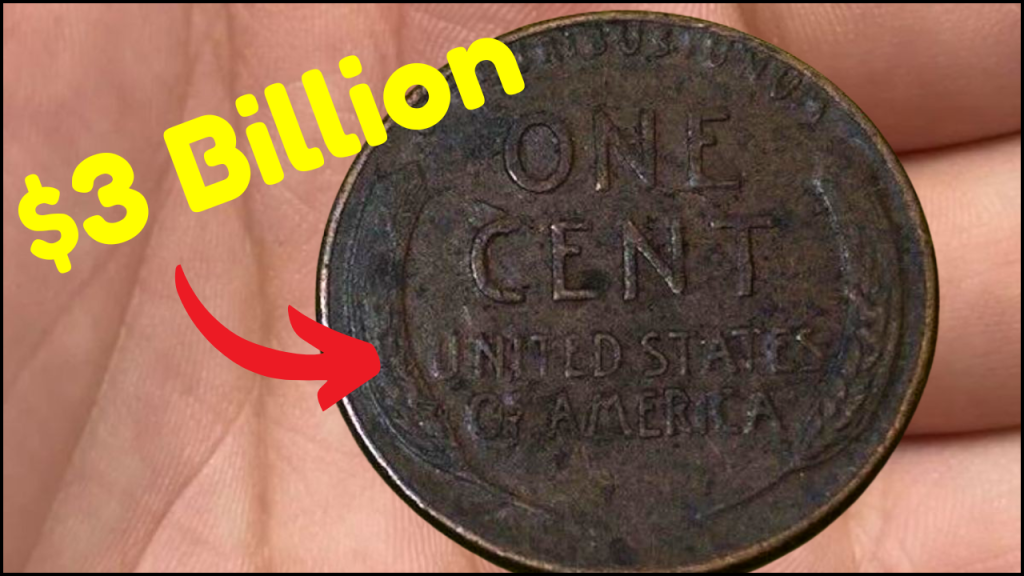
The Lincoln Wheat penny is not just a piece of American currency; it is a cherished artifact with a rich history. Although minted more than a century ago, this humble coin has captivated collectors and historians alike due to its intriguing story, rare variants, and substantial value. Despite being phased out of production in 1958, some of these pennies remain in circulation, with the rarest examples commanding staggering prices. This analysis explores the historical, cultural, and financial significance of the Lincoln Wheat penny.
Origins: From Humble Beginnings to National Icon
The Lincoln Wheat penny was introduced by the U.S. Mint in 1909 to commemorate the centennial of Abraham Lincoln’s birth. Victor David Brenner, a renowned sculptor, designed the coin. The obverse featured a right-facing portrait of Lincoln, while the reverse showcased two stalks of wheat flanking the words “One Cent.” This design replaced the Indian Head penny, and its creation marked the first time a U.S. coin featured a president.
The Lincoln Wheat penny’s popularity was immediate. Over the course of its production, from 1909 to 1958, more than 28 billion coins were minted. Its enduring appeal can be attributed not only to its historical significance but also to its attractive design and diverse mint variations.
Key Design Features and Composition
The Lincoln Wheat penny was composed of 95% copper and 5% tin and zinc, a durable blend suited to mass production. However, in 1943, the U.S. Mint briefly switched to steel pennies to conserve copper for the war effort. These steel pennies, often mistaken for silver coins due to their color, became a notable variation in the series.
The coin’s inscriptions—“In God We Trust,” “Liberty,” and “E Pluribus Unum”—alongside the bold image of Lincoln, symbolized unity, trust, and liberty. Collectors cherish this intricate blend of aesthetics and symbolism.
The Lincoln Wheat Penny Valued at $90 Million, Still in Circulation
The $2 Million 1894-S Barber Dime, Why It’s One of the Rarest and Most Valuable Coins
5 Rarest South African Coins in 2024, Single Coin is Worth R20 Million
Discover Why These 3 Rare 1976 Quarters Are the Ultimate Coin Collector’s Dream!
The Rarity and Value of Lincoln Wheat Pennies
Most Lincoln Wheat pennies are worth only a fraction above their face value, but specific variants have escalated in worth due to their rarity and historical context. A few key examples include:
| Type | Rarity | Estimated Value |
|---|---|---|
| 1909-S VDB | First edition featuring designer’s initials; only 484,000 minted | $1,000 to $100,000+ |
| 1914-D | Low mintage from Denver mint | $200 to $15,000+ |
| 1922 No D | Mintmark accidentally omitted on some coins | $1,000 to $100,000+ |
| 1943 Copper Penny | Mistakenly struck on copper instead of steel during WWII | Up to $1.7 million |
The scarcity of these coins stems from limited mint production, historical accidents, and natural attrition as coins wore down or were melted for their metal content.
Why Are These Coins Still in Circulation?
Many Lincoln Wheat pennies escaped being hoarded by collectors and continued circulating long after production ceased. Factors contributing to their survival include their widespread mintage and utility in everyday transactions.
Some rare varieties were mistakenly overlooked, blending unnoticed among billions of regular pennies. Additionally, over the decades, collectors hoarded significant quantities, hoping for long-term value appreciation.
How to Identify Valuable Lincoln Wheat Pennies?
Determining a Lincoln Wheat penny’s value requires attention to detail and a trained eye. Below are key steps to evaluate these coins:
- Examine the Year and Mintmark: Coins from specific mints—like San Francisco (S) or Denver (D)—or those lacking a mintmark (Philadelphia) are of interest.
- Check for Errors: Variants like the 1922 No D or doubled dies are examples of error coins with elevated values.
- Assess Condition: Coins in “mint state,” or with minimal wear and clear details, fetch higher prices. Professional grading services can confirm a coin’s grade.
Broader Cultural and Financial Perspectives
The Lincoln Wheat penny is not just valuable in monetary terms—it is also a symbol of American heritage. It reflects the country’s historical trajectory, from industrial growth to the sacrifices of WWII. Collectors see these coins as a tangible connection to the past, while historians value their role in chronicling the evolution of U.S. currency.
The Enduring Legacy of the Lincoln Wheat Penny
Beyond their monetary worth, Lincoln Wheat pennies hold a unique place in numismatics as enduring reminders of America’s cultural and economic history. From their humble origins as everyday currency to their current status as coveted collectibles, these coins continue to capture the imagination of coin enthusiasts and casual discoverers alike.
As new generations delve into the world of coin collecting, the legacy of the Lincoln Wheat penny will undoubtedly endure, reflecting a blend of art, history, and economic value that stands the test of time.
FAQs
Q1: What makes certain Lincoln Wheat pennies so valuable?
A: Rarity, historical errors, and mint-specific attributes contribute to their value. For example, the 1909-S VDB penny is valuable due to its low mintage and being part of the first run.
Q2: Are all 1943 pennies worth a fortune?
A: No, most 1943 pennies are made of steel and are common. However, the rare 1943 copper penny is extremely valuable due to its accidental minting.
Q3: How can I find out if my Lincoln Wheat penny is valuable?
A: You can start by checking the coin’s year, mintmark, and condition. Consider consulting a professional appraiser or grading service for an accurate valuation.